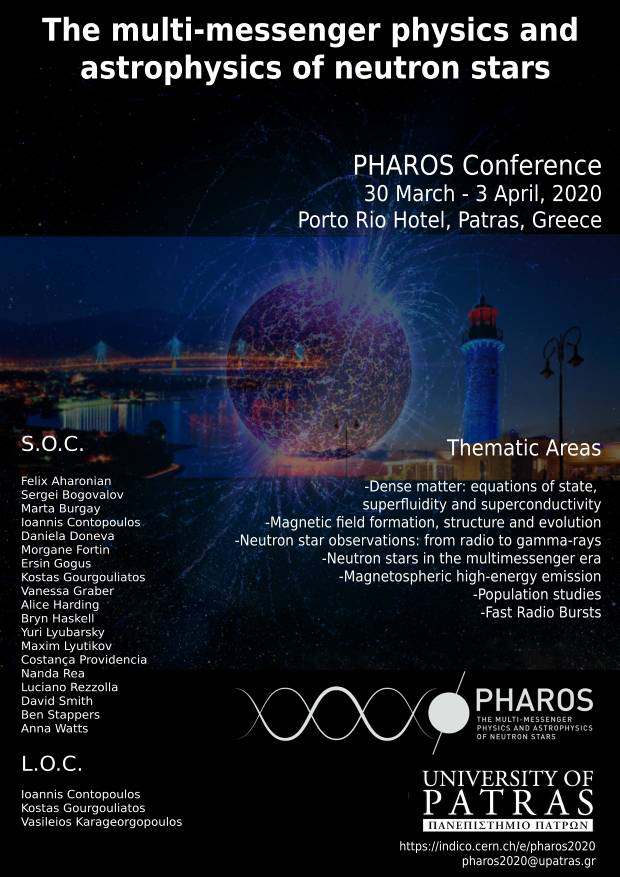Speaker
Description
Typically, self-gravitating objects are modeled through structure equations and assuming a polytropic equation of state that allows numerical determination of radial density profiles. This equation of state (EoS) is particularly interesting since it allows different astrophysical scenarios to be modeled by varying the polytropic index. In this work we determine the convective stability and the concept of cracking in anisotropic hydrostatic material configurations, with spherical symmetry, modeled by three different kind of polytropic EoS. The first one is a relationship as a power law between radial pressure and energy density. In the second one the relationship is between the pressure and the density of the baryonic mass. And in the third one, it is considered a master equation of state that consists of the sum of a polytropic plus a linear term and a constant.
The cracking approach consists in determining the appearance of total radial forces that change sign in the self-gravitating object, just after the hydrostatic equilibrium configuration has been disturbed. On the other hand, the concept of convective stability is based on the Archimedes principle: if the density of a fluid element displaced towards the center of the configuration increases faster than the density of the surrounding fluid, then the fluid element will fall towards the center of the sphere and the object will be unstable under this type of disturbance.
The results obtained conclude that all modeled objects are stable under the concept of cracking when considering local density disturbances; and are stable under convective motions in regions near the nucleus where the second derivative of the density profile is less than zero, however, they are unstable in the outer region of the material configuration.

